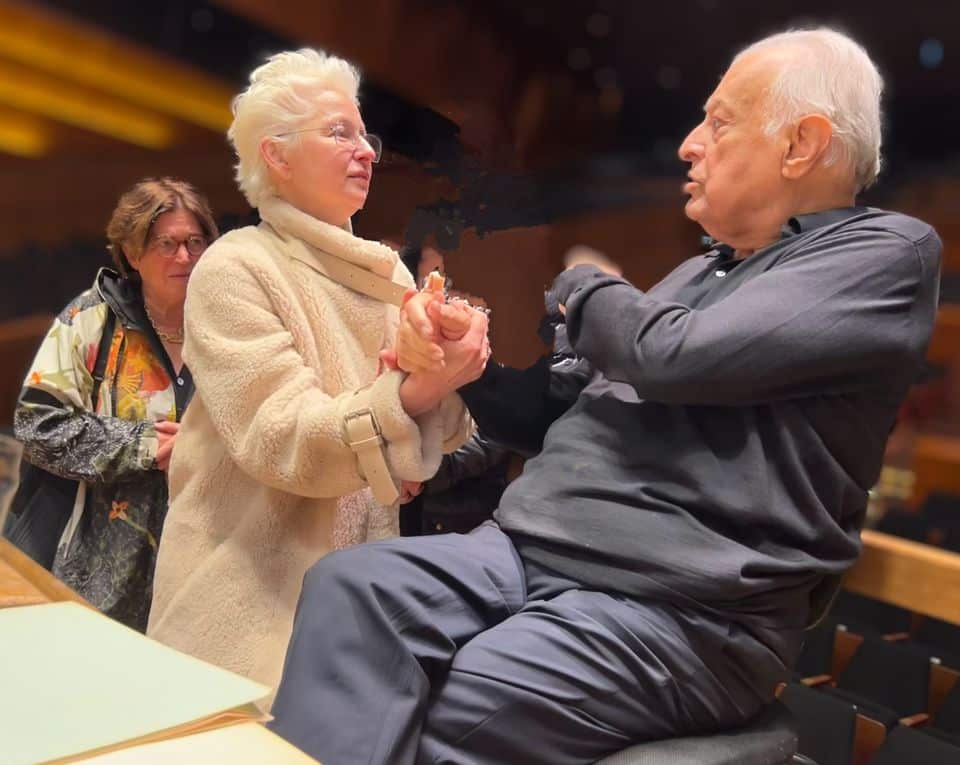Revealed: The wealthiest music directors in America
mainDrew McManus has come out with his annual lost of US music director earnings, drawn from IRS Form 90s. There is always a delay in the system, so the wages below apply to the 2012/13 season.
Three music directors made more than $2 million. You may well wonder why.
Two maestros took a significant pay cut, reflecting recessionary woes.
After you study the list, do read Drew’s commentary on the lengths some orchestras and agents go to keep maestro pay under wraps.
1 National Symphony: $2,728,671 (41.02 percent increase)

2 Chicago Symphony: $2,504,336 (15.65 percent increase)

3 San Francisco Symphony: $2,364,775 (16.64 percent increase)

4 New York Philharmonic: $1,717,814 (28 percent increase)

5 Dallas Symphony: $1,505,052 (82.57 percent increase, but previous season compensation was only for partial season)

6 Los Angeles Philharmonic: $1,447,049 (1.54 percent increase)
7 Saint Louis Symphony: $1,012,158 (5.51 percent increase)
8 Minnesota Orchestra: $944,098 (20.24 percent decrease)
9 Baltimore Symphony: $930,914 (5.45 percent increase)
10 Cleveland Orchestra: $907,829 (23.15 percent decrease)
NB: Boston and Philadelphia were vacant that year
Now read Drew.





Comments